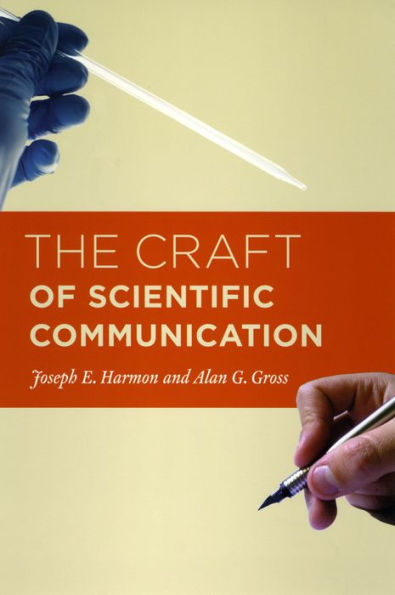5
1

The Craft of Scientific Communication
192
The Craft of Scientific Communication
192Related collections and offers
29.99
In Stock

Product Details
| ISBN-13: | 9780226316635 |
|---|---|
| Publisher: | University of Chicago Press |
| Publication date: | 04/15/2010 |
| Series: | Chicago Guides to Writing, Editing, and Publishing |
| Sold by: | Barnes & Noble |
| Format: | eBook |
| Pages: | 192 |
| File size: | 5 MB |
About the Author
From the B&N Reads Blog
